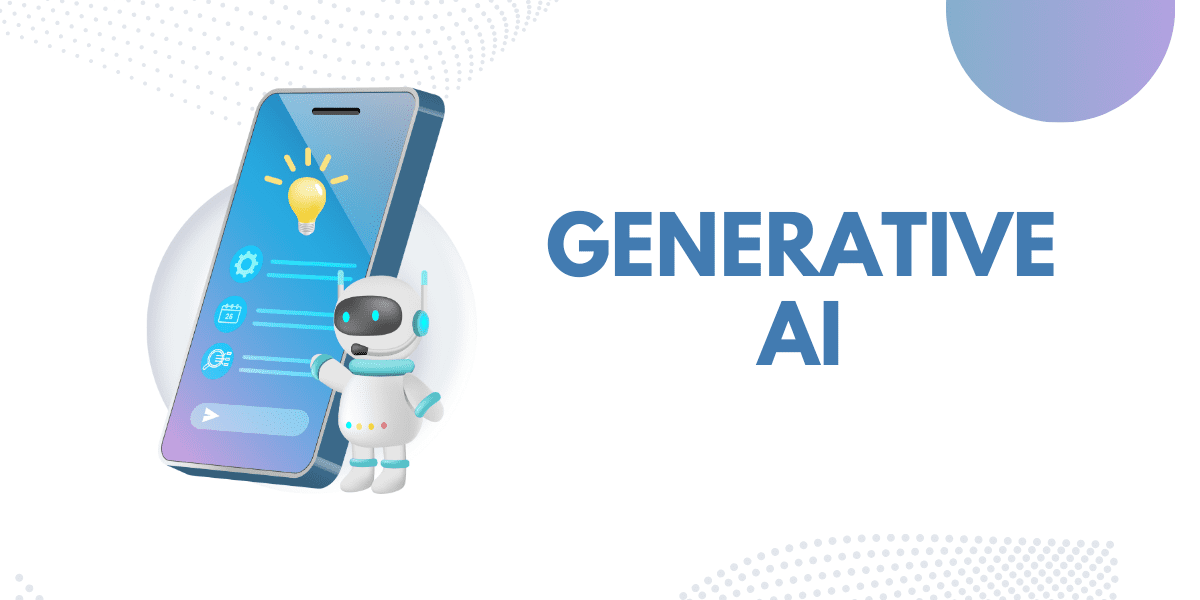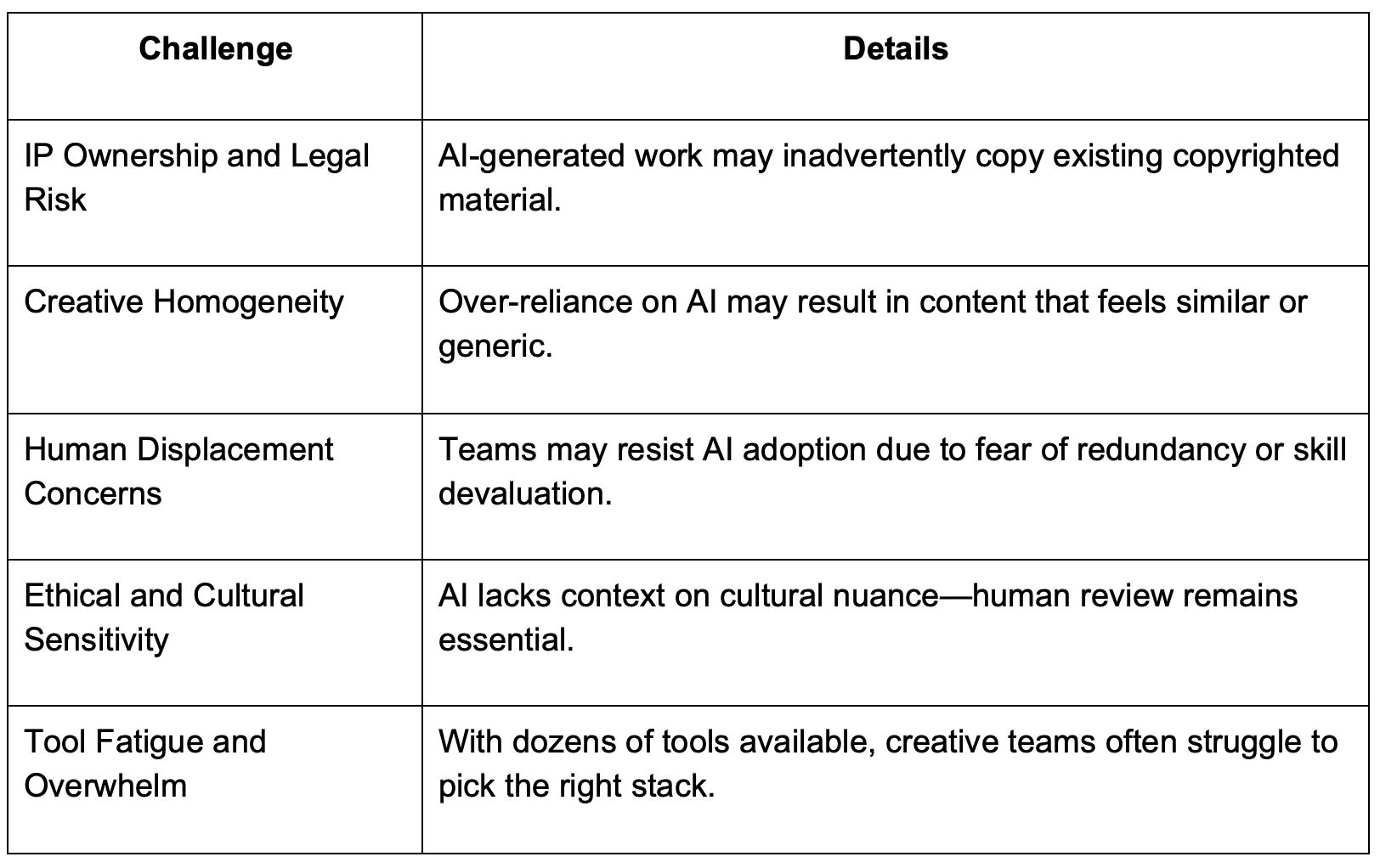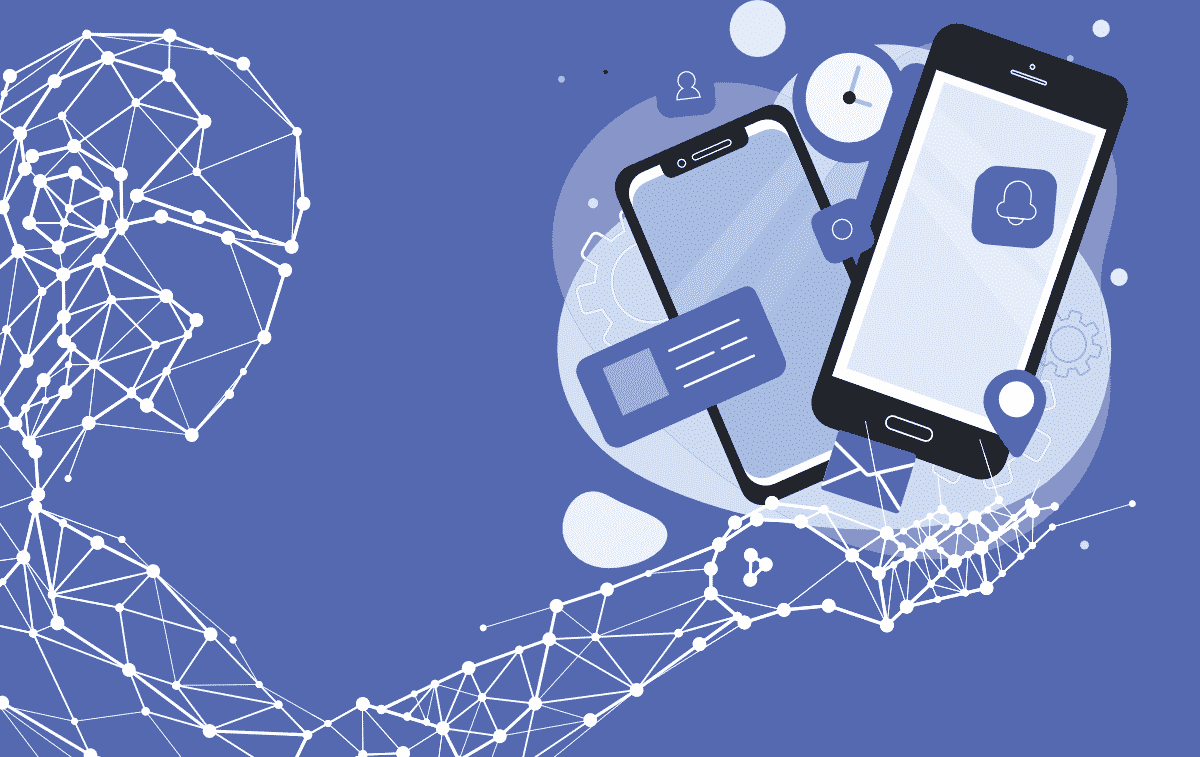With the rapid evolution of today’s digital world, Gen AI technology is no longer limited to labs and tech expos. In fact, studios, agencies, and creator workspaces are now leveraging it. The technology has transformed the way creative professionals think, work, and stand out in achieving their goals. Professionals often misunderstand that technology will sooner replace human intelligence. However, that’s not the case. With the help of Gen AI strategy, various job roles, including writers, artists, content creators, and even strategists, can enhance their productivity and creativity to a great extent. Let’s look at the benefits it has been delivering since its launch.

What Are the Benefits of Generative AI in the Creative Industry?
Generative AI strategy implementation has been delivering several benefits in every field, and the creative industry is no longer an exception.

Creative Areas Where Generative AI Can Be Used
Generative AI is not limited to one form of expression—it’s present across every creative vertical.
- Content Creation: Creative blocks are real. A blank document remains empty even after devoting multiple hours of work to it. Generative AI transforms content creation through its continuous availability as a content assistance tool. For instance, you need 20 emails with captions for your upcoming marketing campaign. AI technology generates the initial draft of content, which allows writers to dedicate their time to perfecting the final version for social media, campaigns, newsletters, and website content.
- Art and Craft: AI tools trained on millions of samples enable designers to create style guides and visual references as well as complete artwork. Independent artists benefit from this approach because they need less expensive software or templates to create their work.
- Writing: Generative AI helps writers create better content at higher speeds through its ability to align tone and suggest structure and explore themes. Editorial teams that handle large amounts of repetitive content find this tool particularly beneficial.
- Design: Designers require multiple rounds of development to achieve satisfactory results for landing pages and packaging concepts. The AI-based features of Midjourney and Adobe Firefly, and Canva enable designers to receive instant variations that they can manually adjust. The method reduces versioning time to a minimum.
- Music Composition: Through AIVA and Amper Music, musicians can generate melodies and structure beats, and produce ambient background scores. The technology serves composers by enabling them to explore new possibilities on a larger scale.
- Film and Animation: Generative AI tools speed up pre-production and post-production work by providing script breakdown capabilities and background generation features, and voice synthesis capabilities. Short-form content creators specifically benefit from this because they need to work within limited budgets and time constraints.
What Are the Challenges of Implementing Generative AI in Creative Industries?
While the advantages are clear, implementation isn’t without its trade-offs:

What the Future Looks Like with Generative AI in Creative Industries
The future of the creative industry, along with Gen AI, looks promising. AI will not only enable organizations to revolutionize various operations, such as content creation, design, writing, and art, but also will help them focus on ideation and innovation by providing them with tools that can provide high-quality text, images, music, and even videos. AI-powered tools will automate repetitive tasks, enhance visual storytelling, improve productivity, enrich and personalize user experience, and whatnot! Gen AI strategy implementation will drive new opportunities for collaboration and creativity, empowering individuals and businesses to explore limitless possibilities and stay ahead in a fast-evolving digital landscape.
Final Thoughts
Generative AI has permanently changed creative industries by providing professionals with a transformative tool that raises efficiency, enables fresh ideas, and resolves creative roadblocks. The combination of automation and generated inspiration through AI allows creative professionals to dedicate themselves to their innovative and developmental talent. Generative AI shows an undeniable potential to transform content generation and delivery despite needing solutions to ownership disputes and ethical diversification problems. Future growth across industries will significantly depend on how the technology advances since it shapes creative activity while creating new collaborative opportunities for industrial development.








